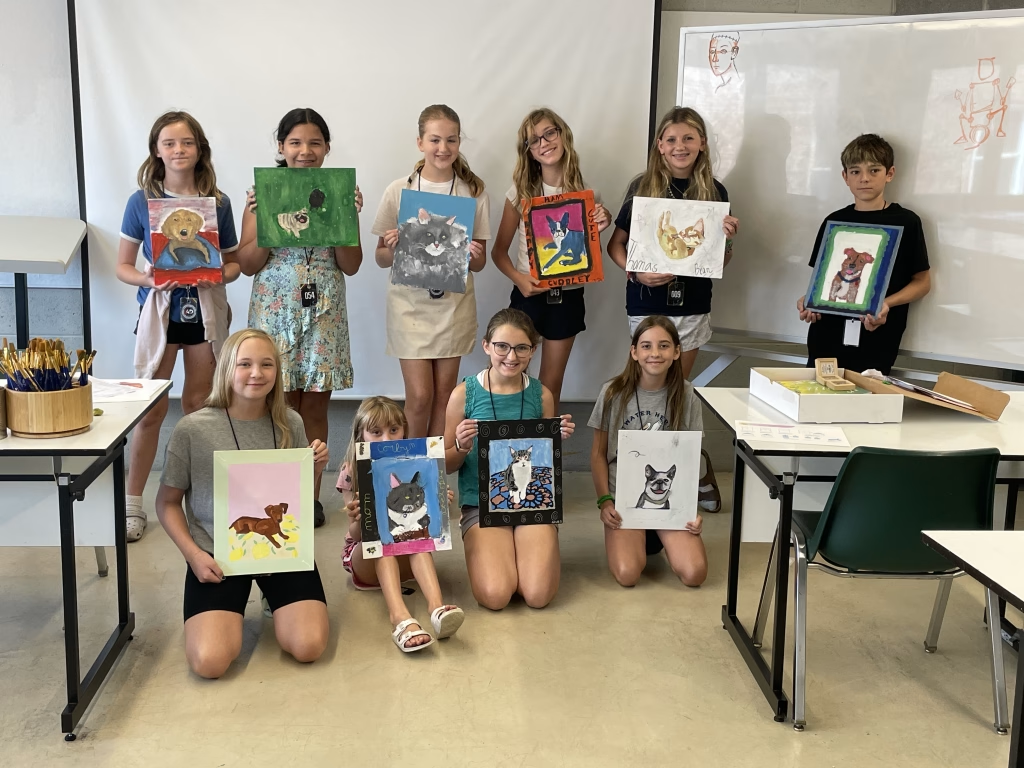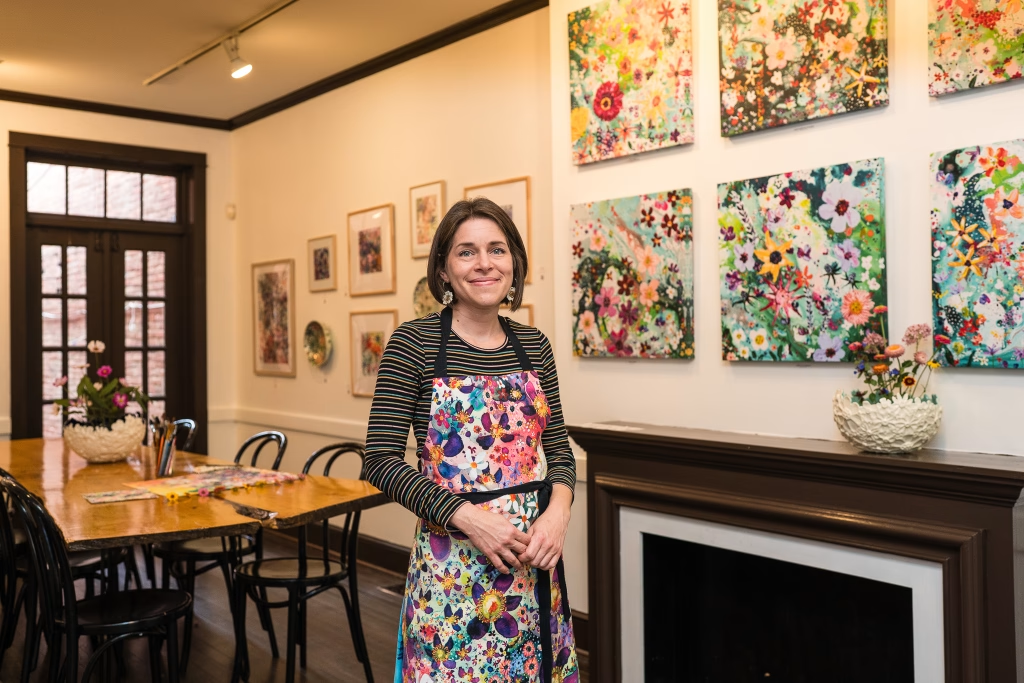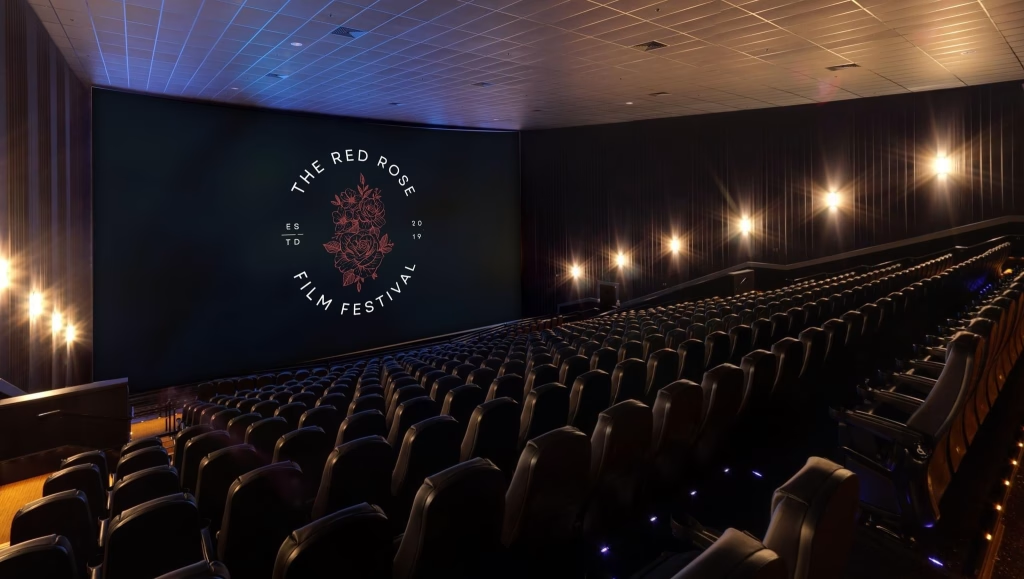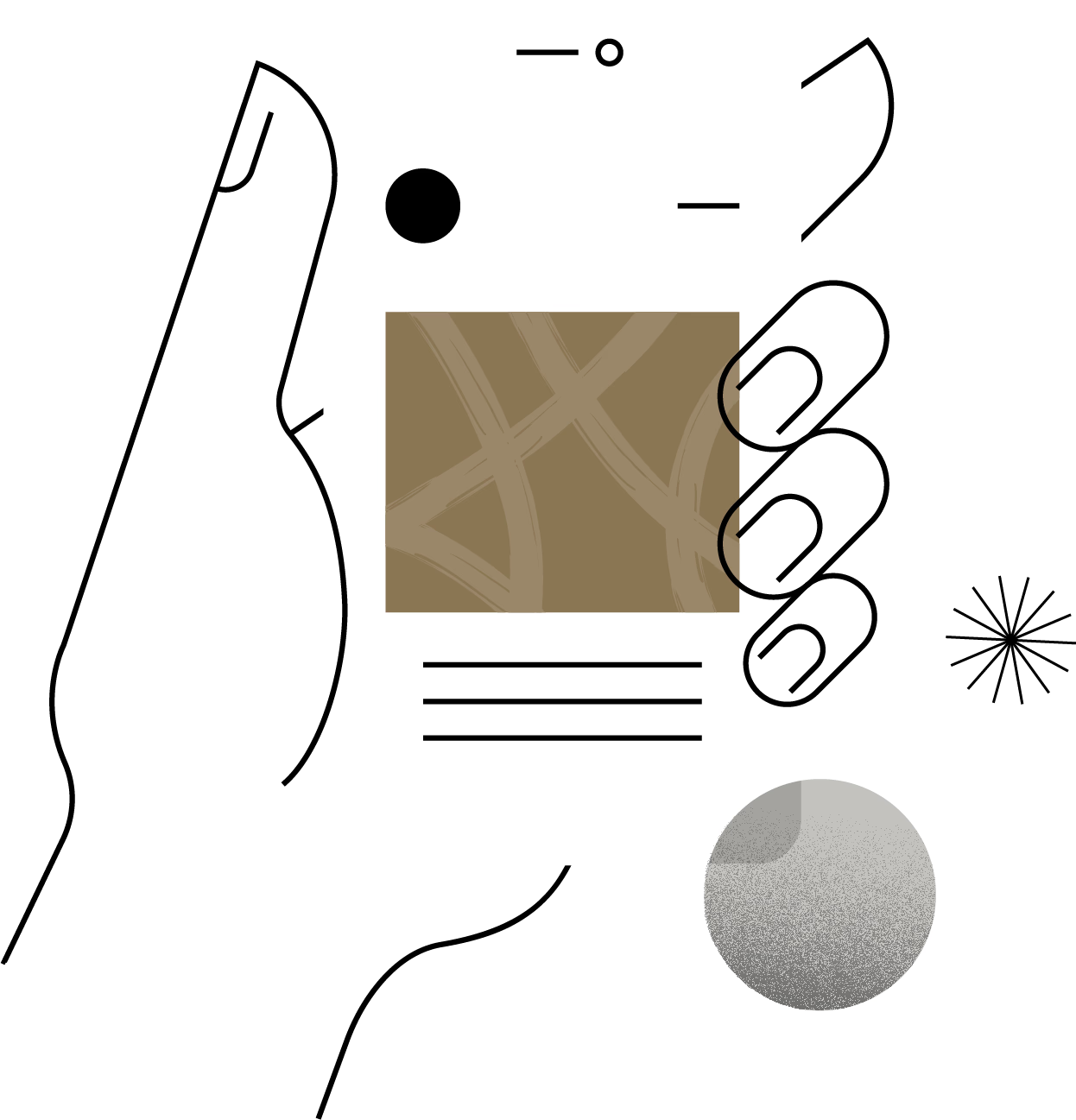Arts & Culture
Local Artistic Legends: An Artistic Journey by Thomas Russo
In this feature, we invite you to marvel at the diverse collection at Gardner Russo & Quinn as Tom shares the story of how it came to be and what these pieces mean to employees, clients, and the community at large.
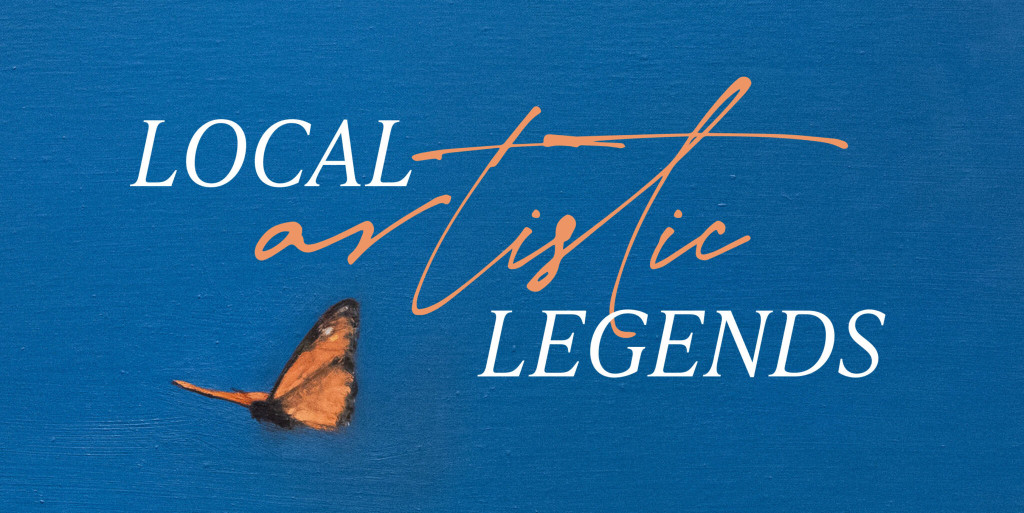
A longtime supporter of the arts, Thomas A. Russo has been on a journey to create a local art-filled workspace at Gardner Russo & Quinn since 1989. With the walls of the investment firm serving as an architecturally-stunning backdrop, the space is a celebration of the richness of Lancaster’s art scene.
In this feature, we invite you to marvel at the diverse collection at Gardner Russo & Quinn as Tom shares the story of how it came to be and what these pieces mean to employees, clients, and the community at large.
Thank you to Tom Russo for sharing your passion for the arts through this special tribute.
How delighted I am to share the steps taken over the past decades to create an art-inspired office for our business. I was assisted along this journey with early artwork collected by my partner, Gene Gardner, his wife Anne Gardner, and Diana Crumay, an accomplished artist herself. By the time I first arrived at the firm, Anne and Gene had works by distinguished Lancaster artists David Brumbach, Michael Heberlein, Robert Bitts, and Robert Andriulli. Those early pieces contributed an art sensibility to our offices. I had the opportunity to install substantially more artwork in our 30,000-plus-square-foot repurposed offices, occupying space that once was an umbrella factory and later a tobacco warehouse, located across from Musser Park. I chose to direct my collecting activities to fill the walls with art from our local community of artists. As I reflect on my artistic journey, I would like to share some memories.
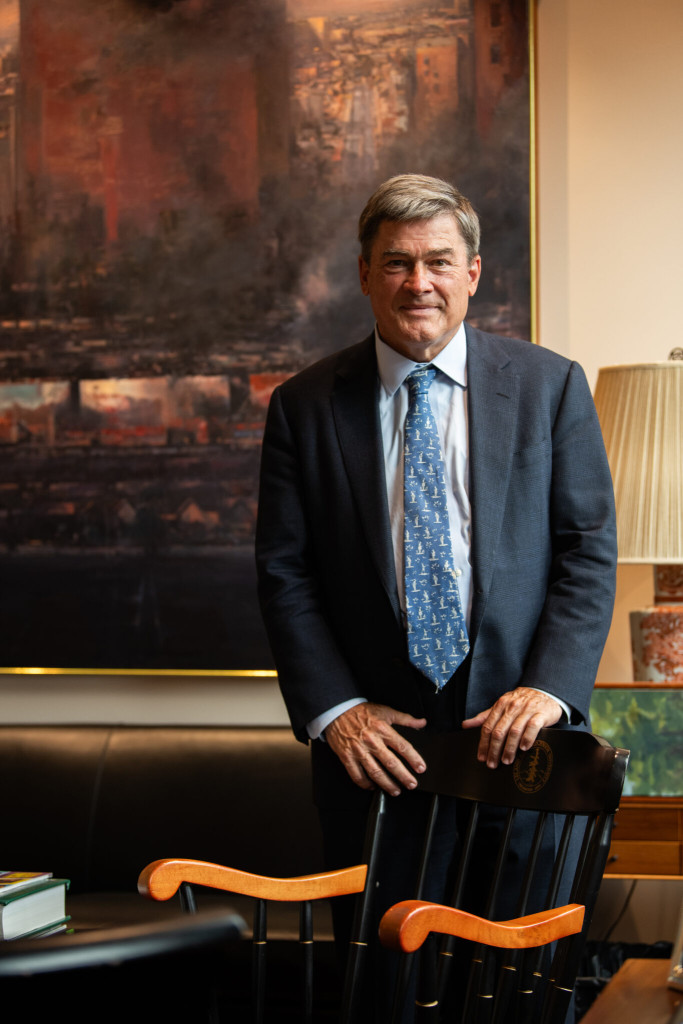
Lancaster has a history of acclaimed artists, who then gave confidence to subsequent generations of Lancastrians to express themselves artistically. Lancaster-born Charles Demuth, for instance, cut a path through the art world well beyond Lancaster. Because of artists like Demuth, Lancaster received visits from his friends, most notably Edward Steichen, John Marin, and Georgia O’Keefe—just to name a few.
Our corporate headquarters of Gardner Russo & Quinn is blessed to have an abundance of walls on which local art can be displayed, given the height and scale of our workspace. Our building, with its 12-foot ceilings, allows us to express our artistic desires with very big art. Indeed, Robert Andriulli and Robert Bitts have provided 10-plus-foot expressions of landscape settings hung throughout our offices, either solely or through diptychs and triptychs.
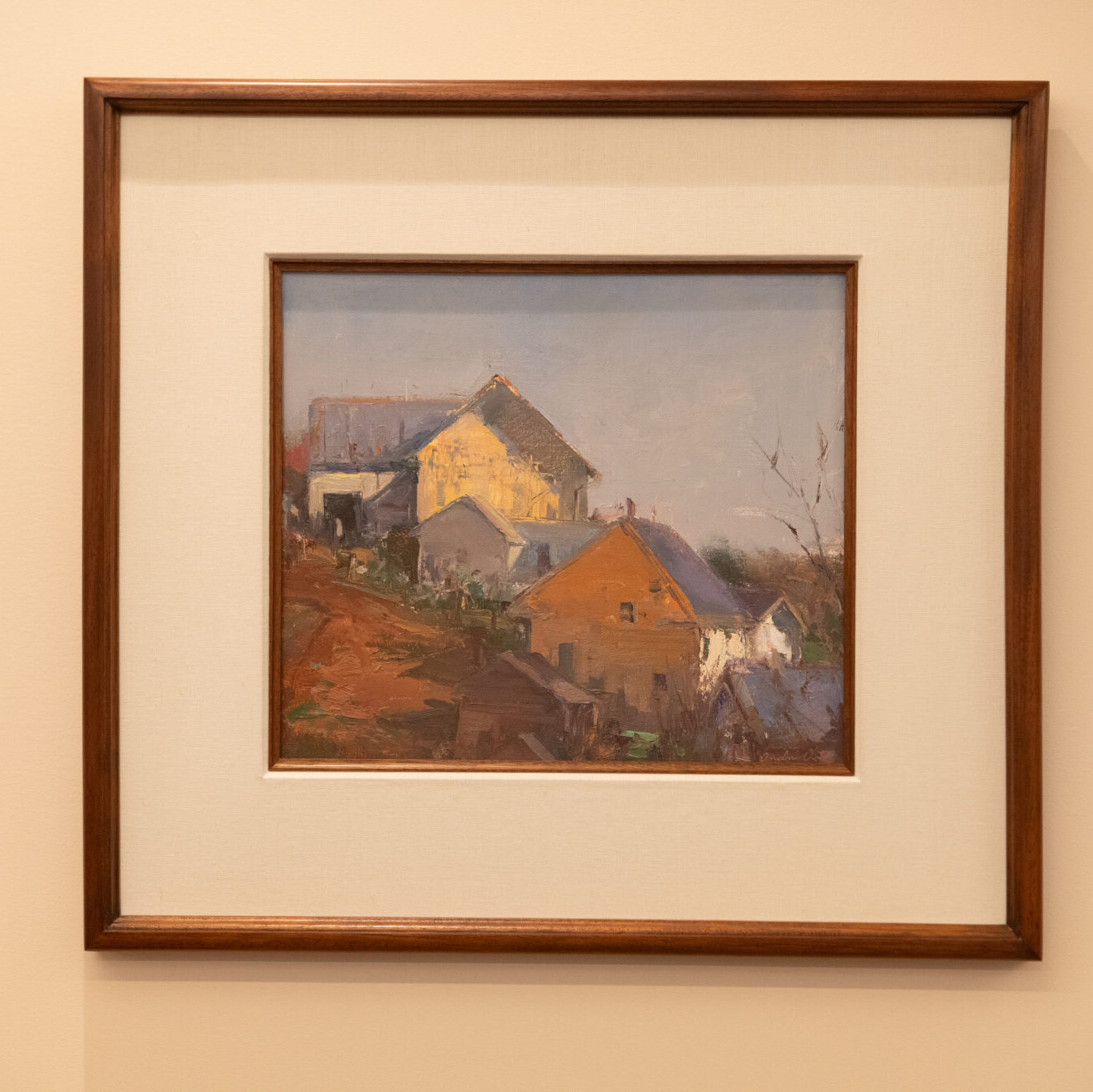

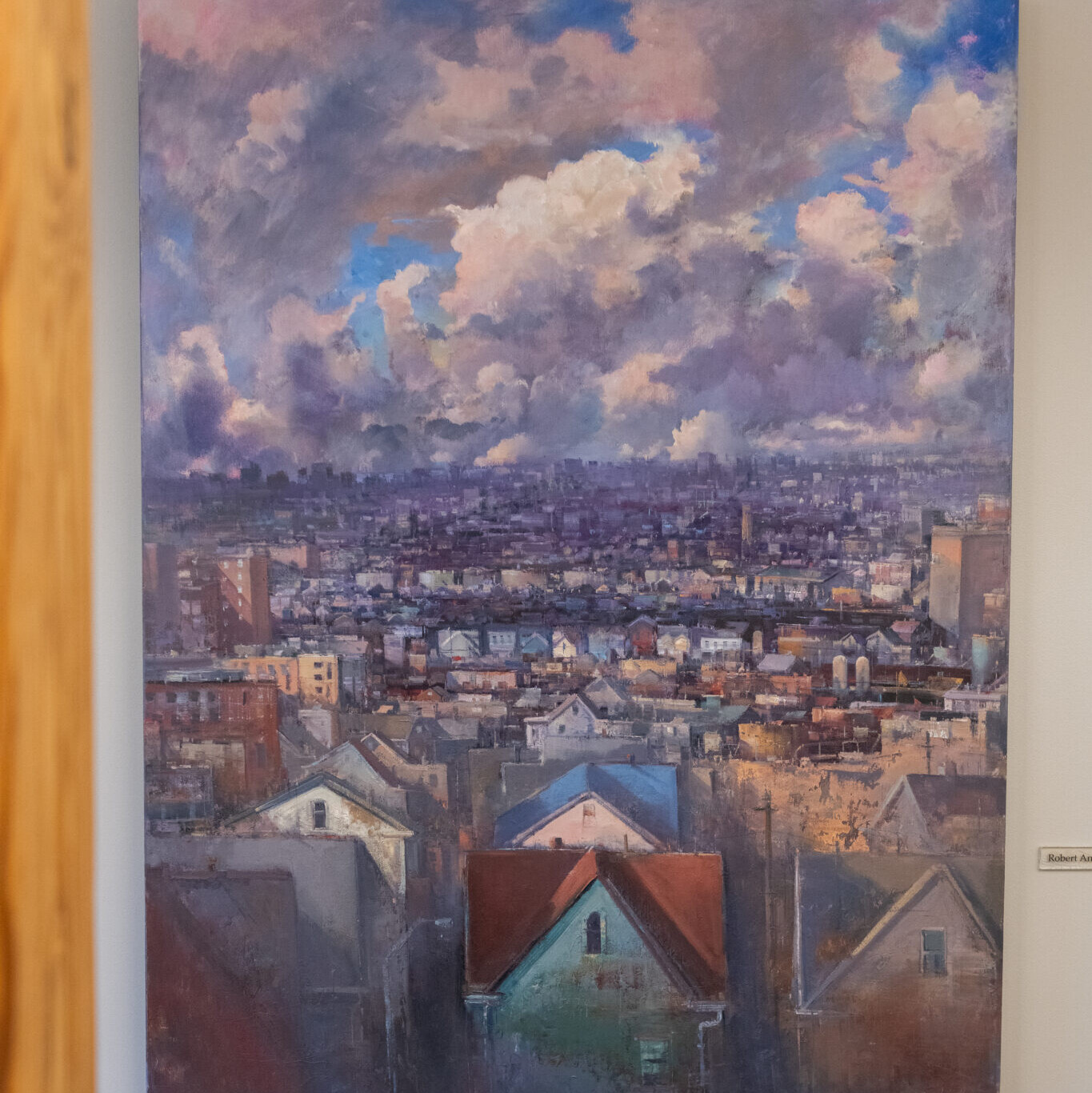
Inspiration for my artistic ambitions arose from the example set by Thomas Cook and Karen Heinle, with the extraordinary collection of art by local artists they installed at the Ann B. Barshinger Cancer Institute. Tom and Karen delivered on their promise that art should shape environments where people spend their days and carry out their responsibilities.
Art, once installed, continues to shape our emotions and our well-being over time. Tom and Karen shared a view, as did we, that fine art softens the edges of places, especially those intentionally sterile in all other aspects for medical reasons. Their artwork celebrates Lancaster’s remarkable collection of past and active artists. At Gardner Russo & Quinn, we hope our environment not only provides a stimulating, aspirational environment in which our colleagues work, but also inspires our own creative thinking and interests.
I must also recognize that Lancaster has been blessed with extraordinary teachers— Robert Andriulli, Dorothy Frey (successor to Andriulli’s decades-long teaching at Millersville University), Lou Schellenberg, Fred Rodger, Heidi Leitzke, Susan Gottlieb, J.D. Wissler (who was an early supporter of Mount Gretna School of Art), Art Harrington, Freiman Stoltzfus, and more—who have trained successive generations of accomplished artists. In reference to the hundreds of students he worked with over the years, Andriulli once said he taught them “how to observe carefully” and he taught them “how to make choices” of what to include and what to leave out, lessons which also apply to many life choices beyond art.
Another observation suggests just how elusive and unpredictable the pursuit of art can be. Artists are constantly evolving. While chasing new perspectives characterizes art by so many, trying to force specific styles tends to fail as artists’ interests evolve. I am most impressed by how Andriulli aspired to teach his students not to be mimics, parroting his own style, but rather to be the best at their own style.
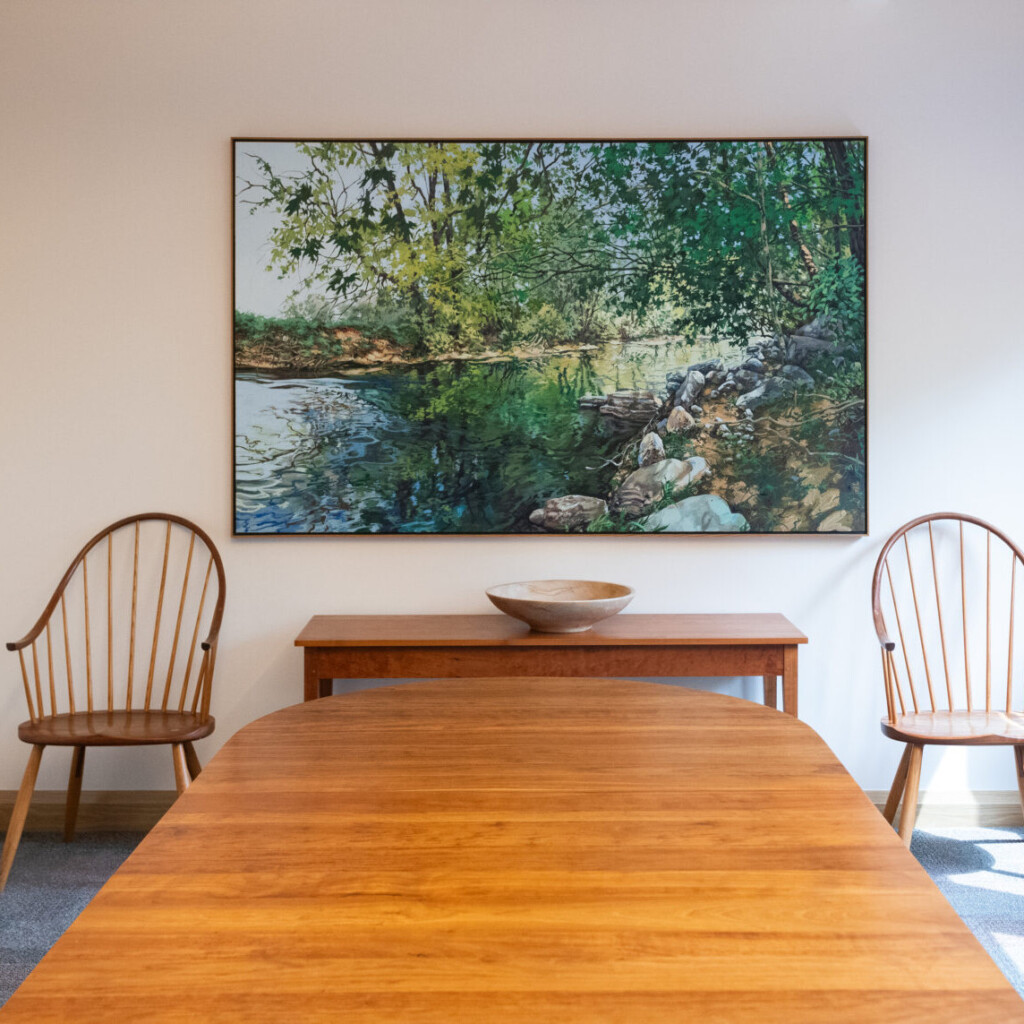
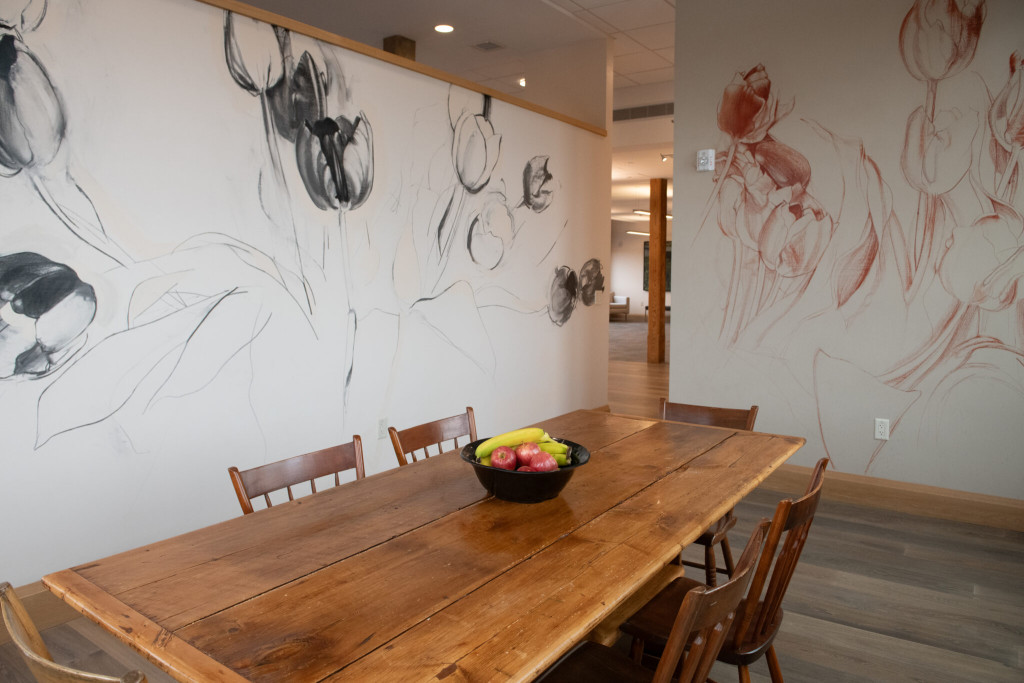
Artist Jeff Geib’s artwork has evolved over the years as he brought new expressions of long-standing subjects he captured. Geib specializes, for instance, in depicting tulips. The images, both studies found within his extraordinary Codex and finished depictions of tulips, are amongst his most iconic works over the years.
Given Geib’s artistic obsession of painting tulips and our firm’s value-oriented investment endeavors, we were delighted when Geib accepted my offer to have him paint two large-format murals in our dining and gathering space that featured his large images of tulips. The message behind the murals is to celebrate history’s lesson about the great tulip bulb crisis that beset and destroyed Dutch financial markets in the 1600s.
Lastly, our collected works involve the role health has played for many of our most collected artists. Surely, the journey of two of Lancaster’s most acclaimed artists, Charles Demuth and David Brumbach, could not really be understood without knowing of the challenges they faced emotionally and physically, which shaped their art. Many of our collected artists have experienced health-related disruptions, which produced some of their most poignant work.
Lancaster remains blessed by a local, vibrant community that appreciates its own history of support for the arts, as well as the presence of artists today who promise a future of robust art. Like us, Lancaster’s patrons support local artists, with many collectors making it a habit to expand their collections through regular visits to First Friday gallery-sponsored gatherings.
“Art is irrepressible.”
Thomas A. Russo
As we have curated our collection, associates at Gardner Russo & Quinn are finding ways to add their own flair by sponsoring artistic challenges. One way is through internal campaigns for photography, which some of our associates find immense pleasure in capturing and sharing their images.
At the same time, I remain on the hunt to continue to fill our walls with added art. My wife Gina and I are delighted to have the chance to continue collecting Lancaster’s extraordinary local art fare and continue shaping the lives of those with whom we work and with whom we live.
In closing, I thank our colleagues, the Gardners, for sparking interest. In addition, I thank Lancaster’s artists—those that have gone before us, those who practice today, and those future artists who will carry on this tradition of filling our community with such wonderful and uplifting imagery.

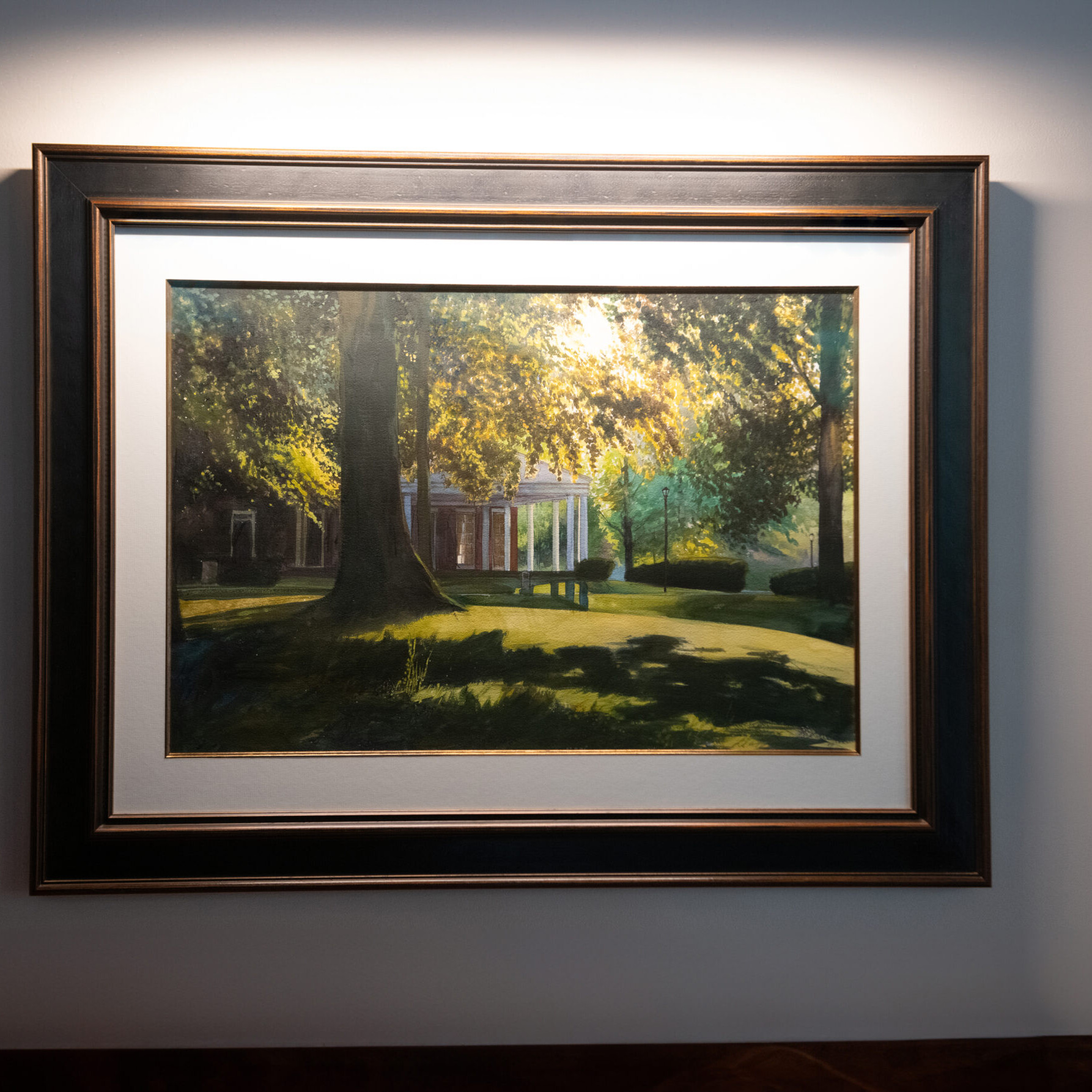
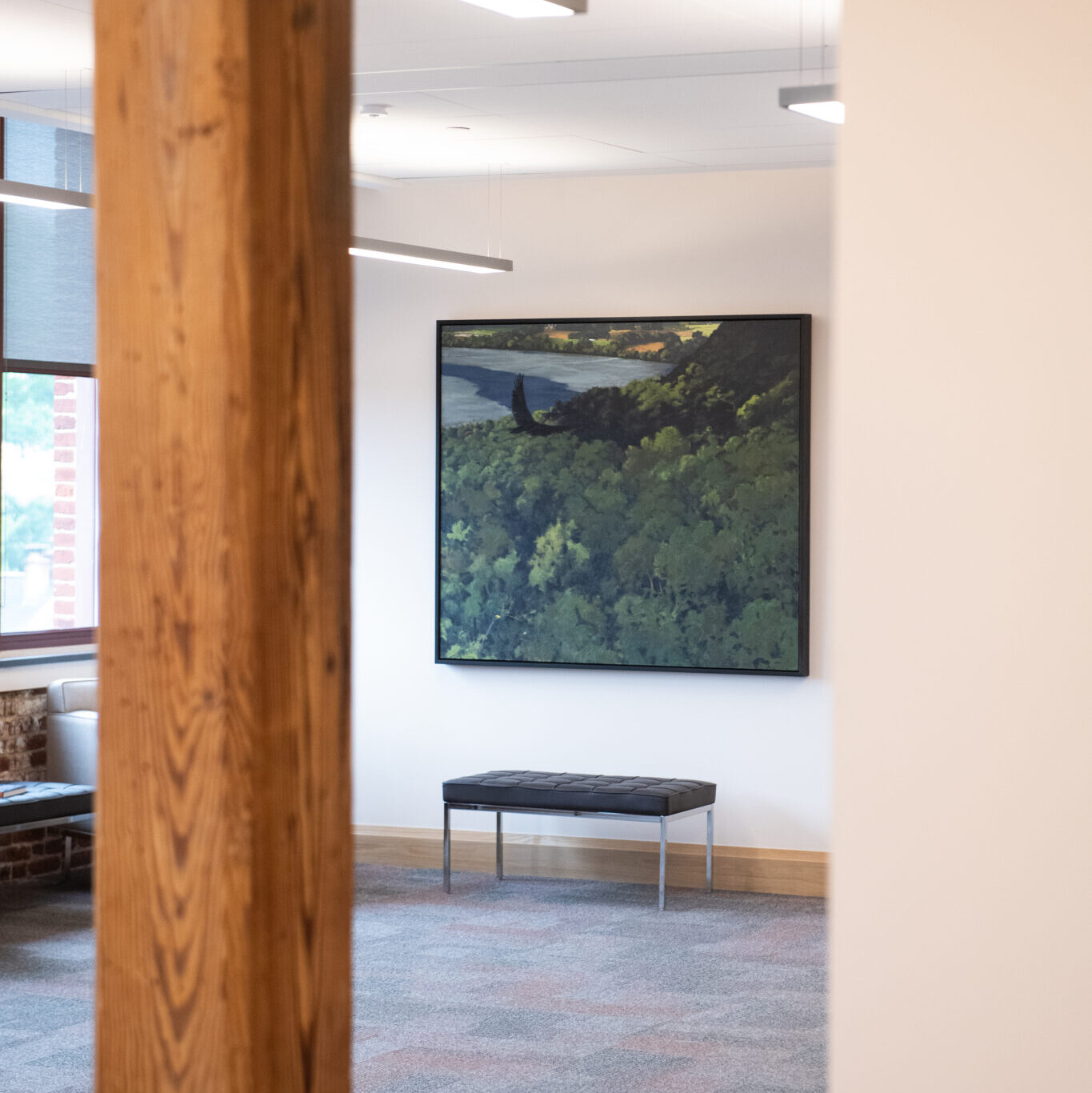
Want to discover more local? Follow Fig on Facebook and Instagram for inspiration.
